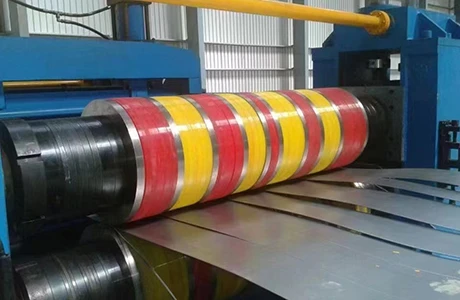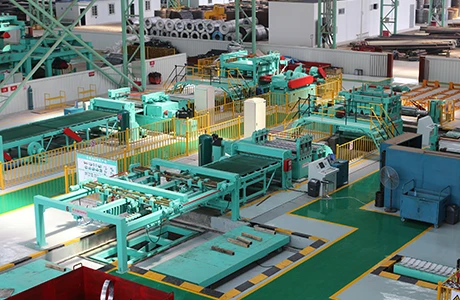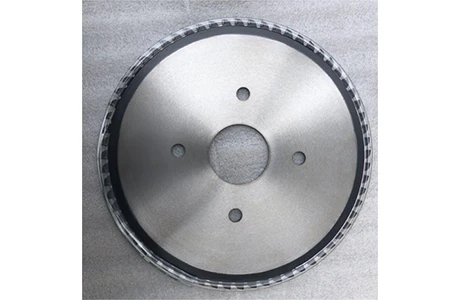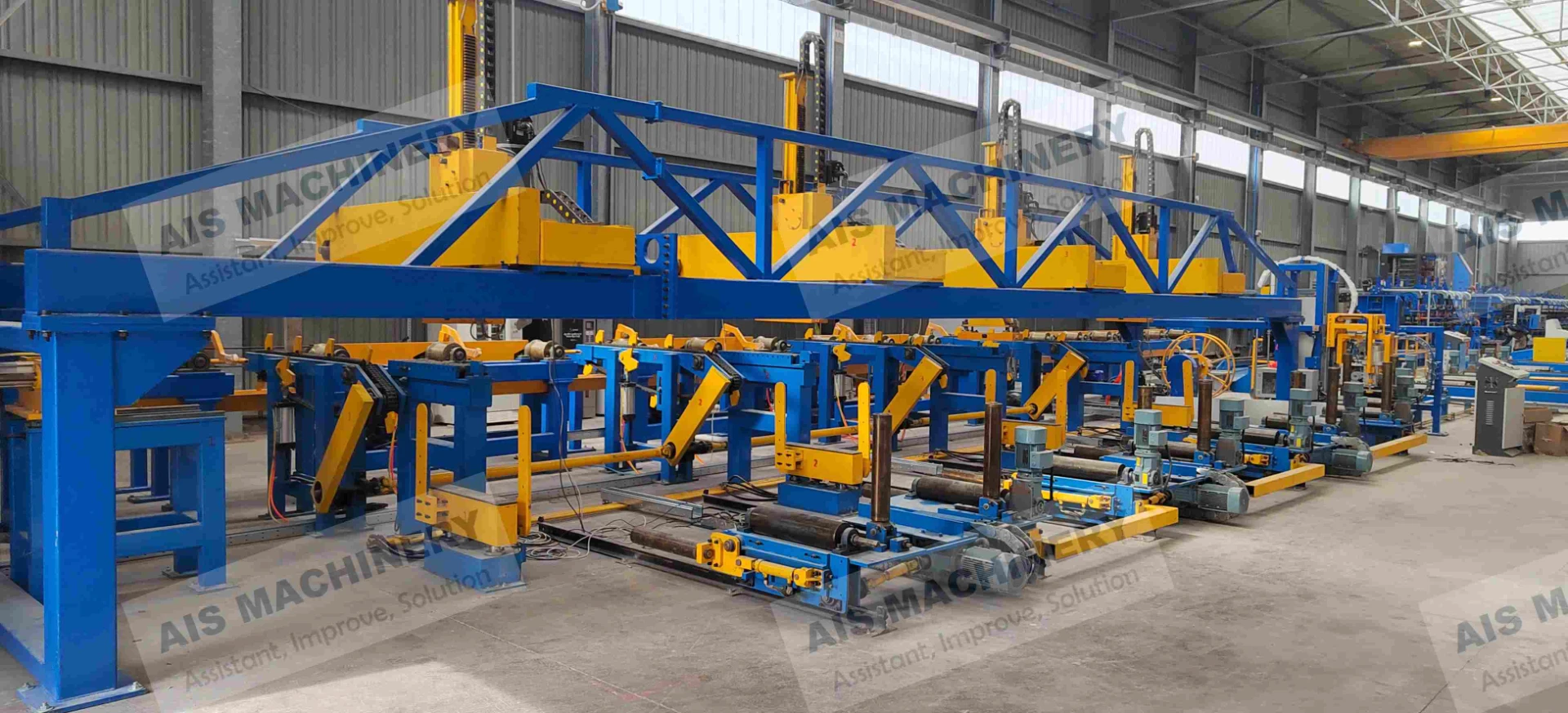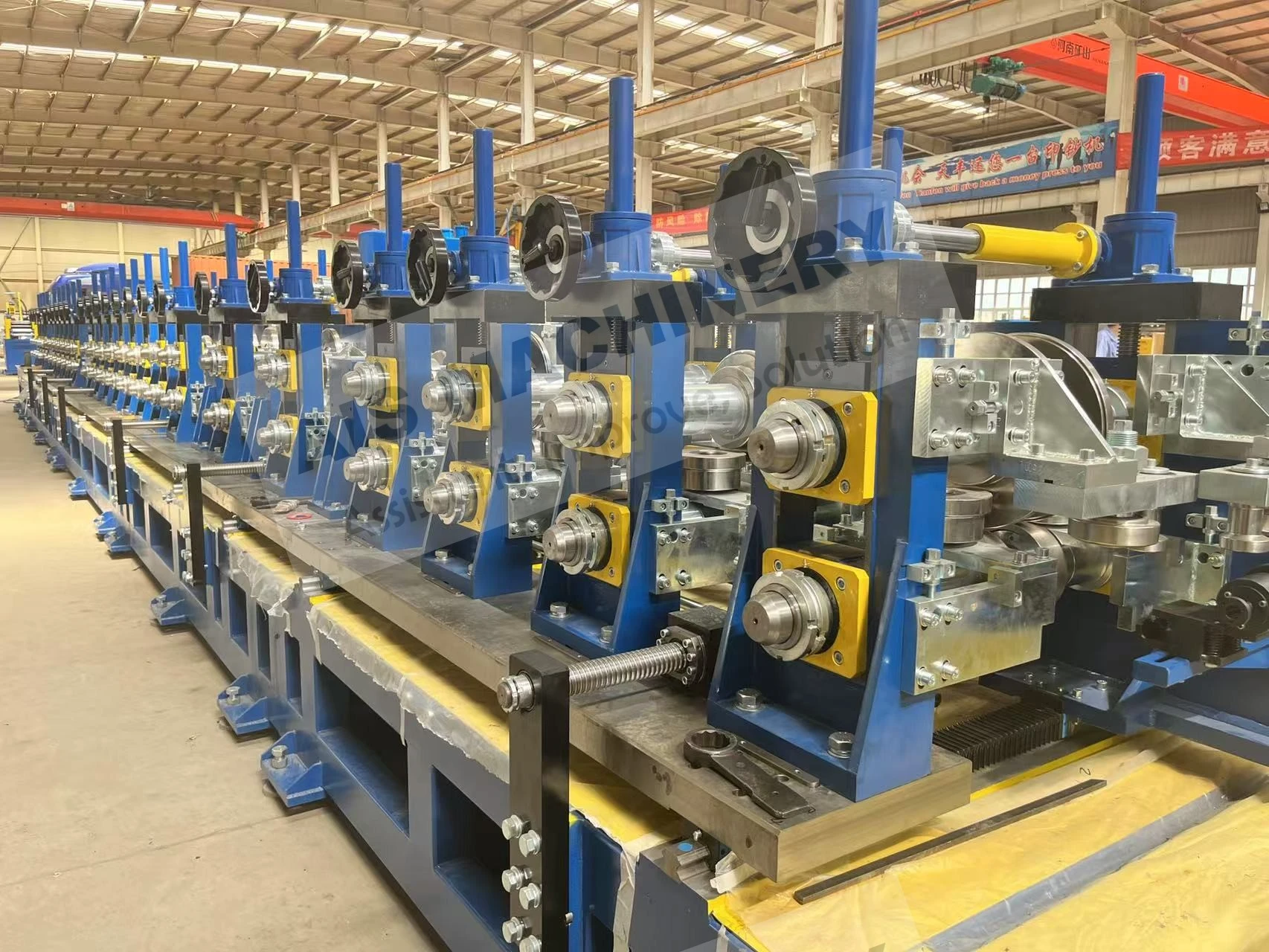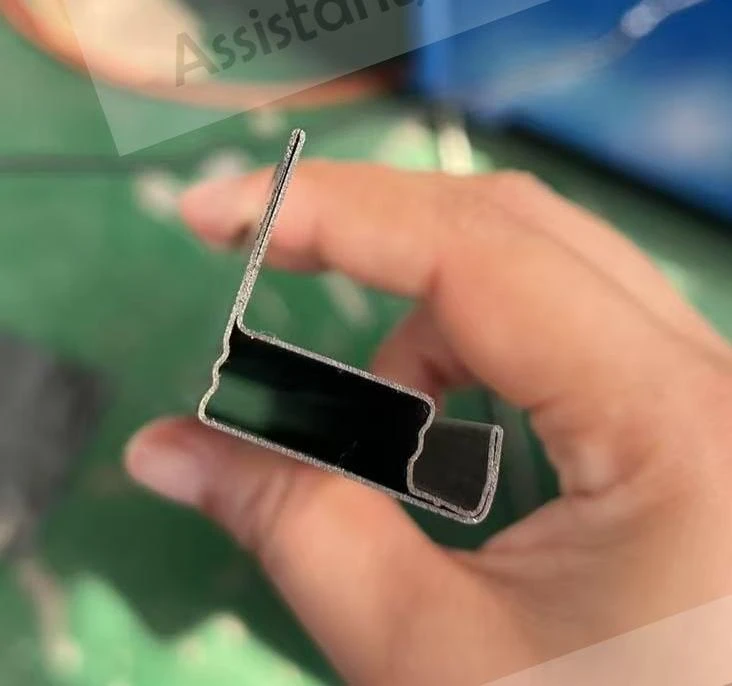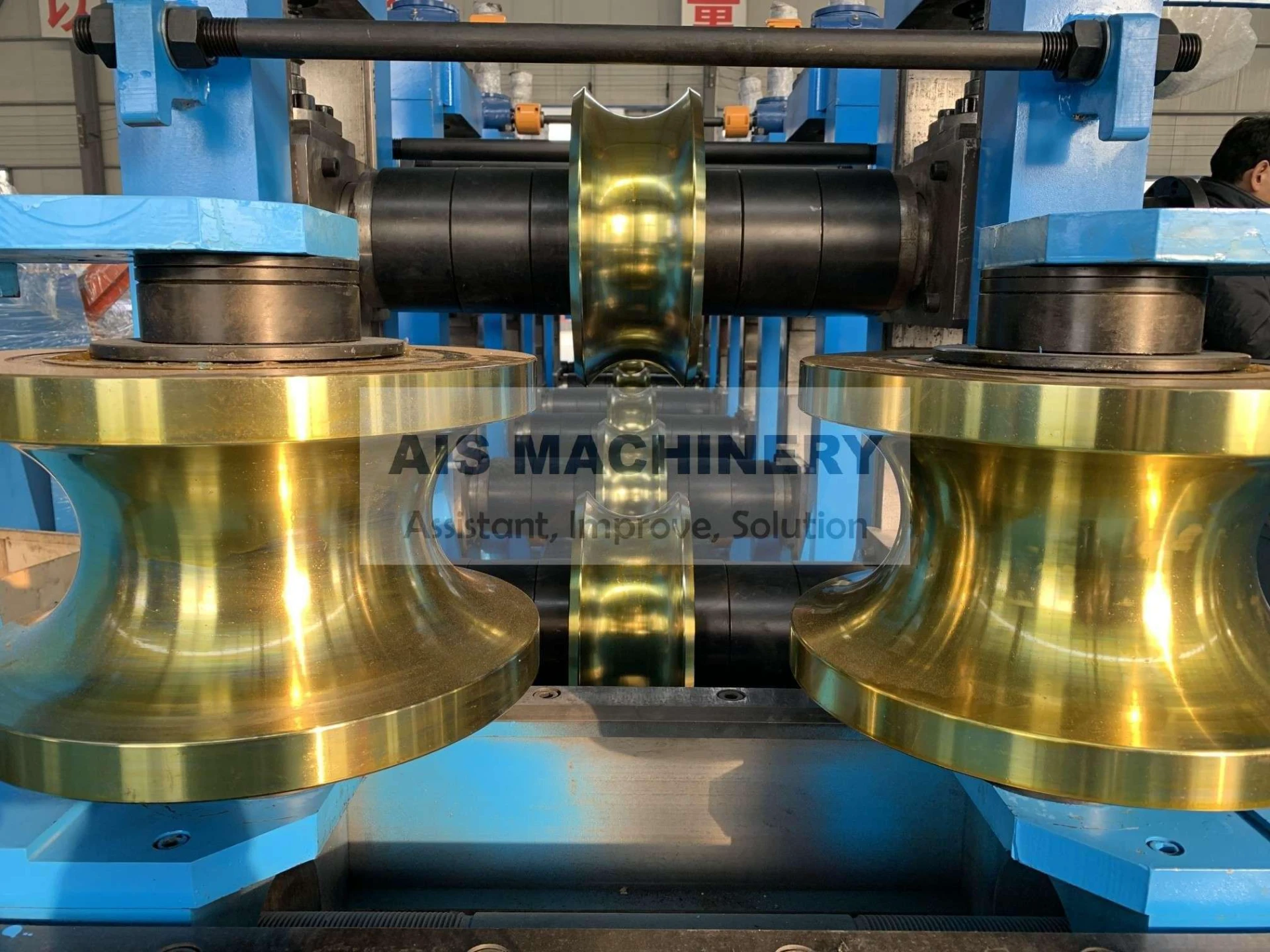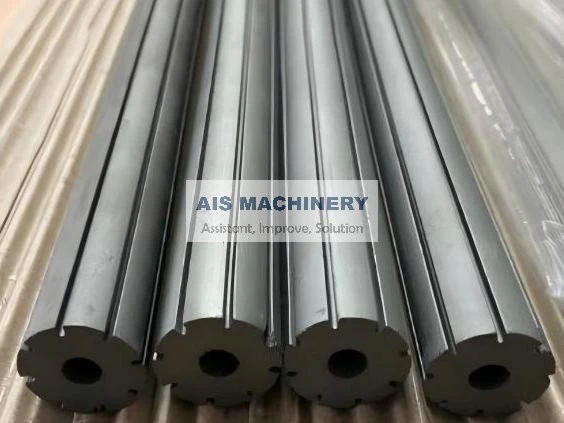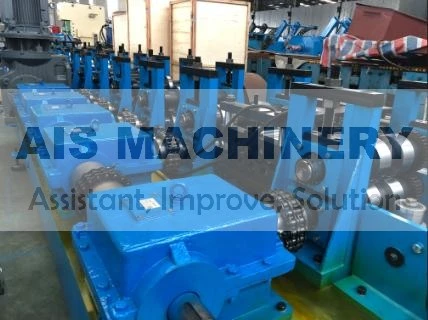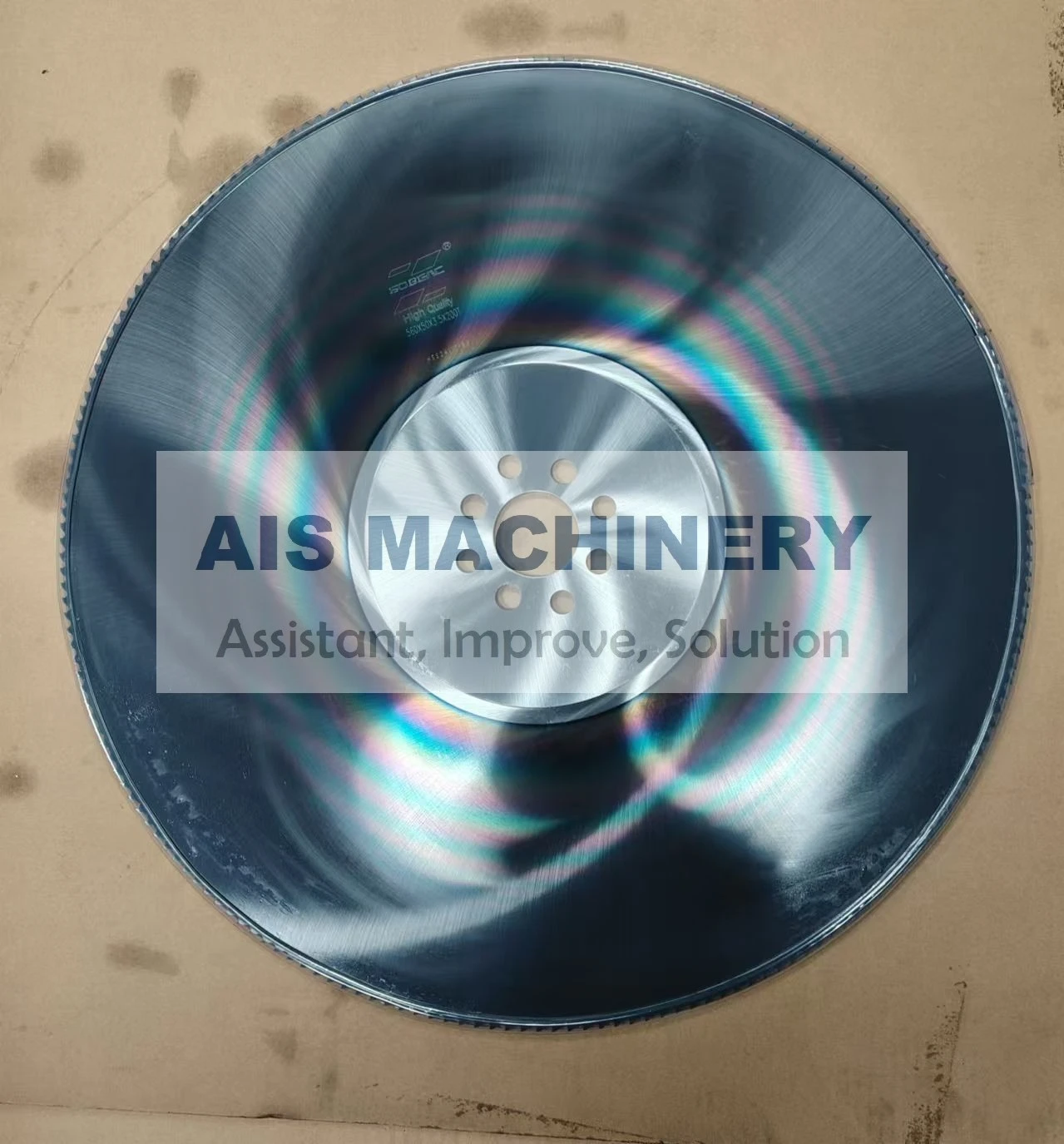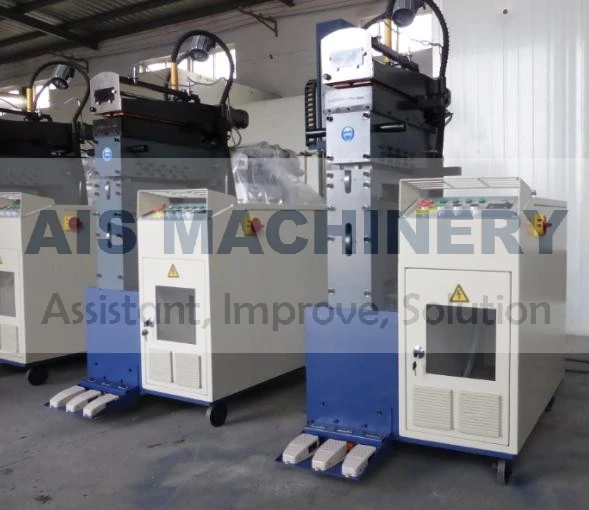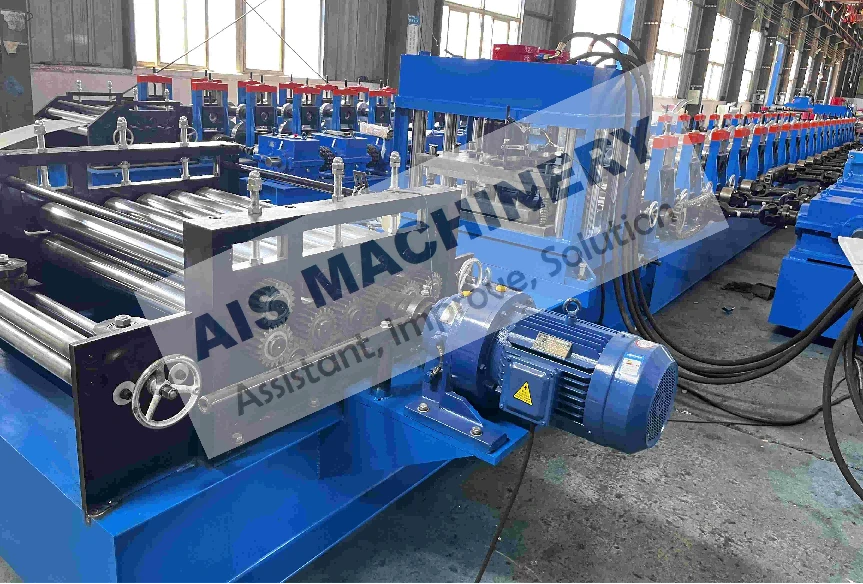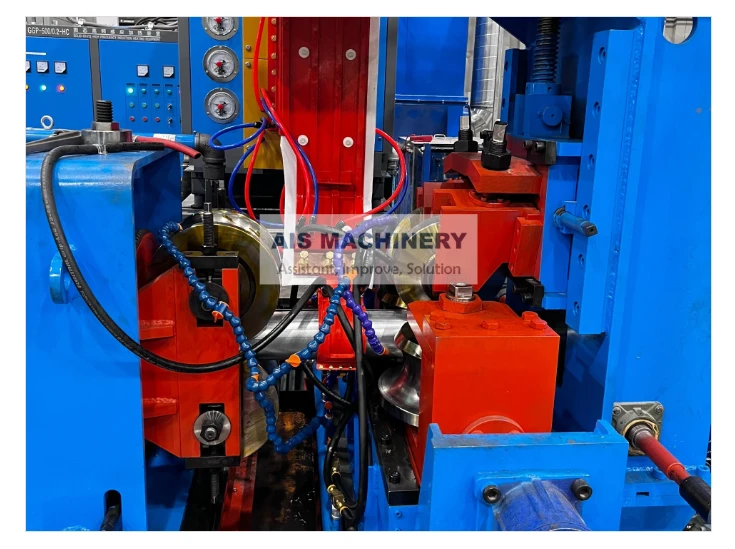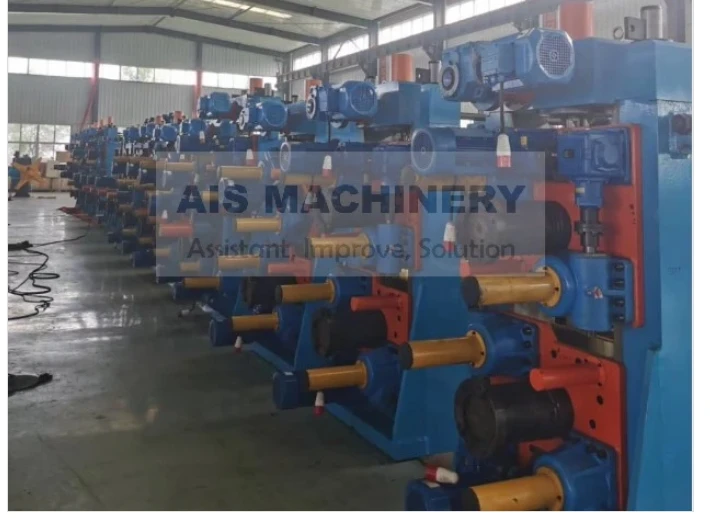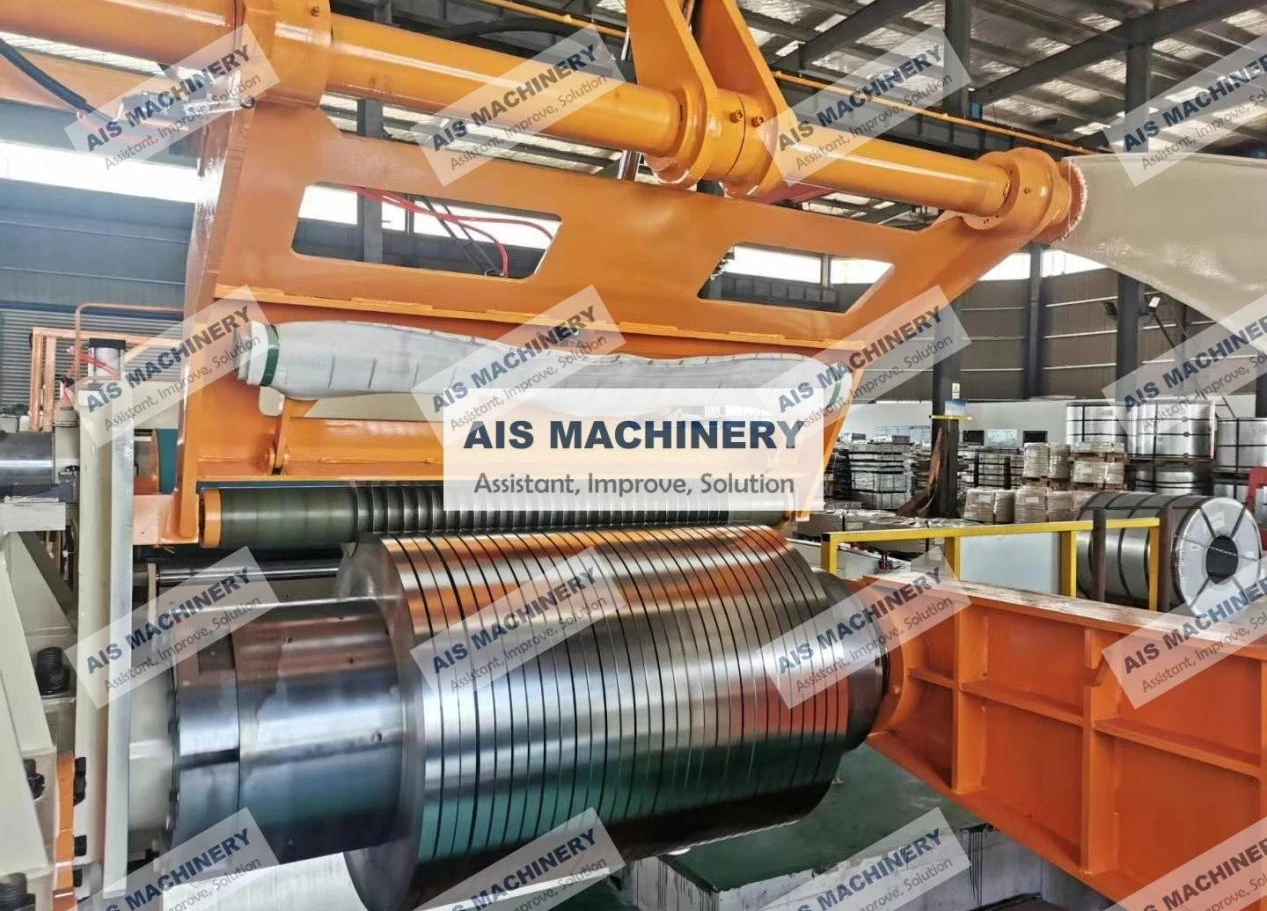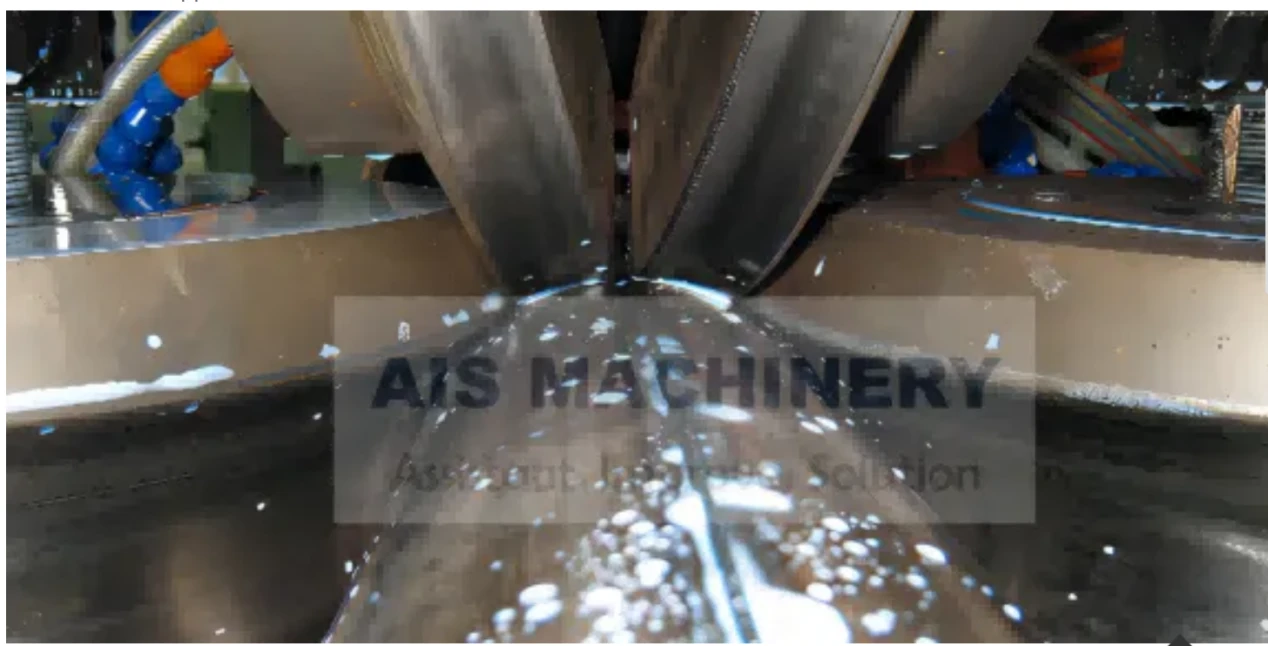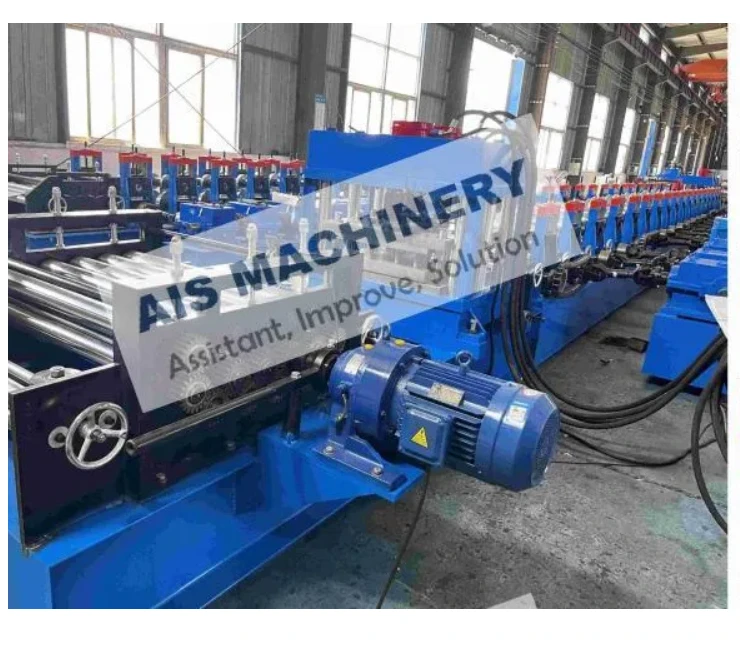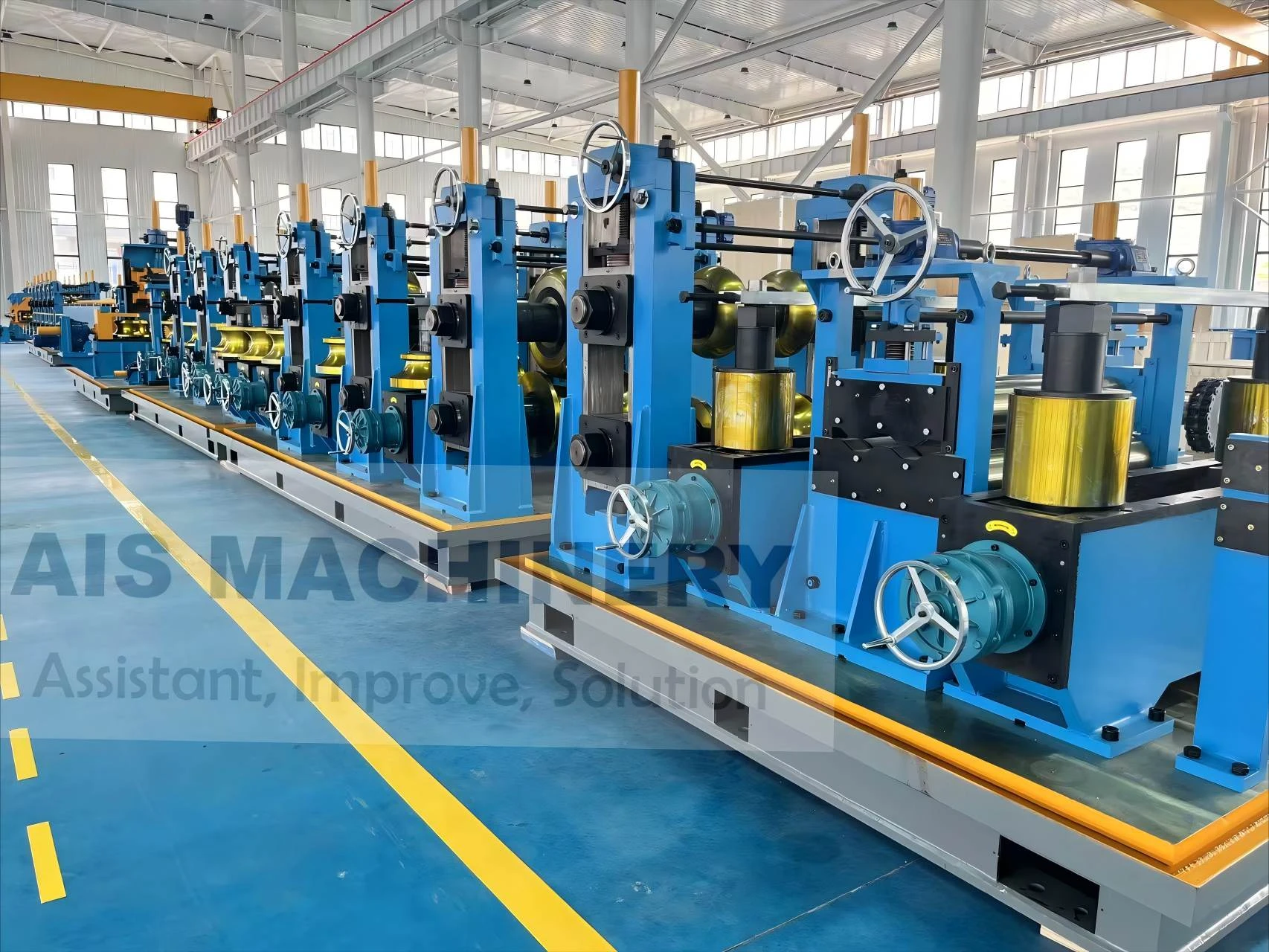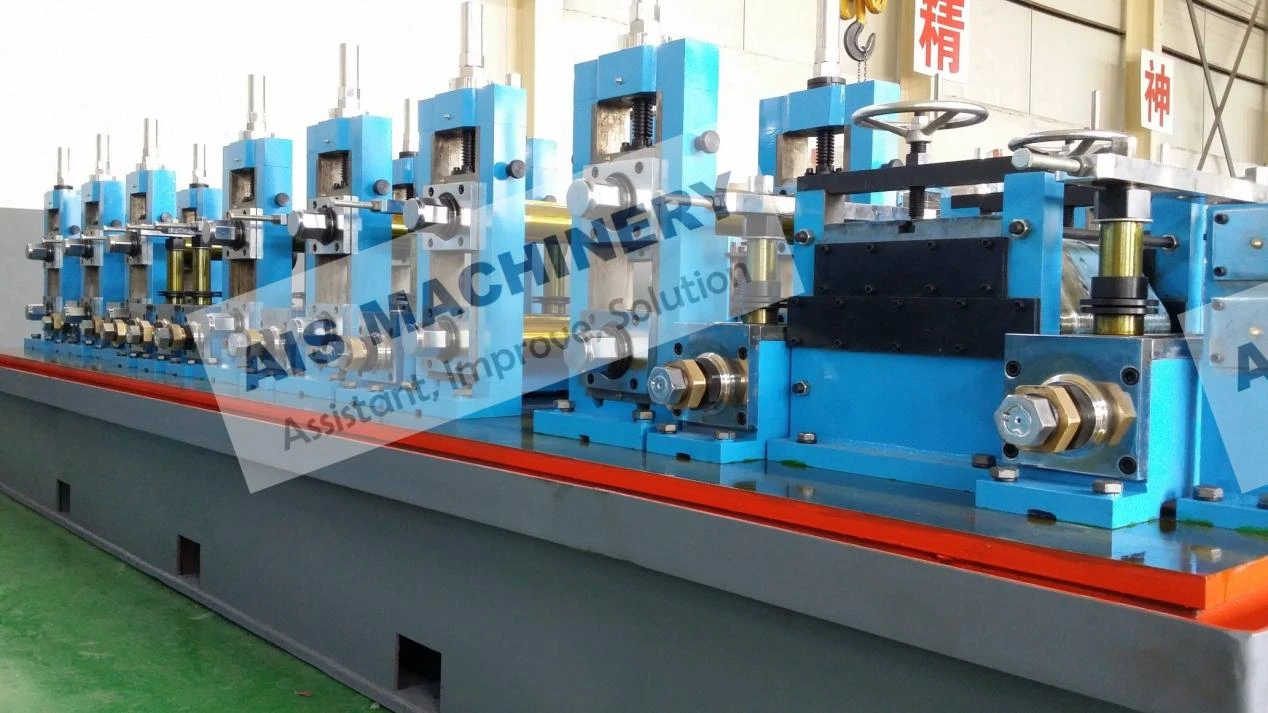-
 Telefone:86-15176910262
Telefone:86-15176910262
-

Procurar
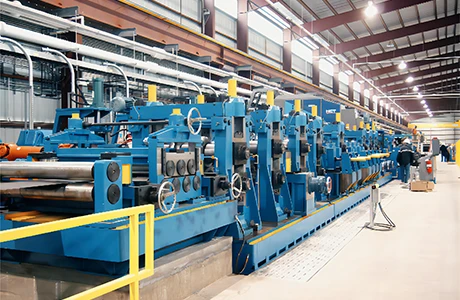
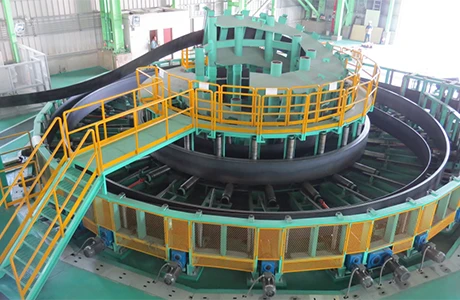
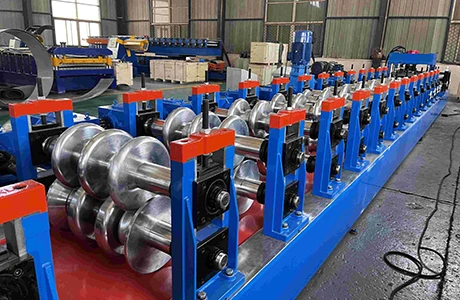
Steel Slitting Machine Waste Reduction
Jun . 10, 2025 16:26
The foundation of waste reduction begins at the coil handling stage within modern steel slitting machines. Advanced servo-driven decoilers with automatic centering systems eliminate manual positioning errors that traditionally caused edge damage. Precision hydraulic expandable mandrels ensure uniform coil support to prevent telescoping that generates scrap. The integration of laser-guided coil cars positions raw materials before entry into the Slitter Line, while non-contact optical sensors continuously monitor strip alignment. These technologies collectively minimize the "end losses" occurring during threading – a critical factor when processing premium materials like automotive-grade galvanized steel or mirror-finish stainless. Throughput optimization algorithms in the PLC-controlled system further reduce transitional waste by predicting coil changeover timing and synchronizing line acceleration curves.
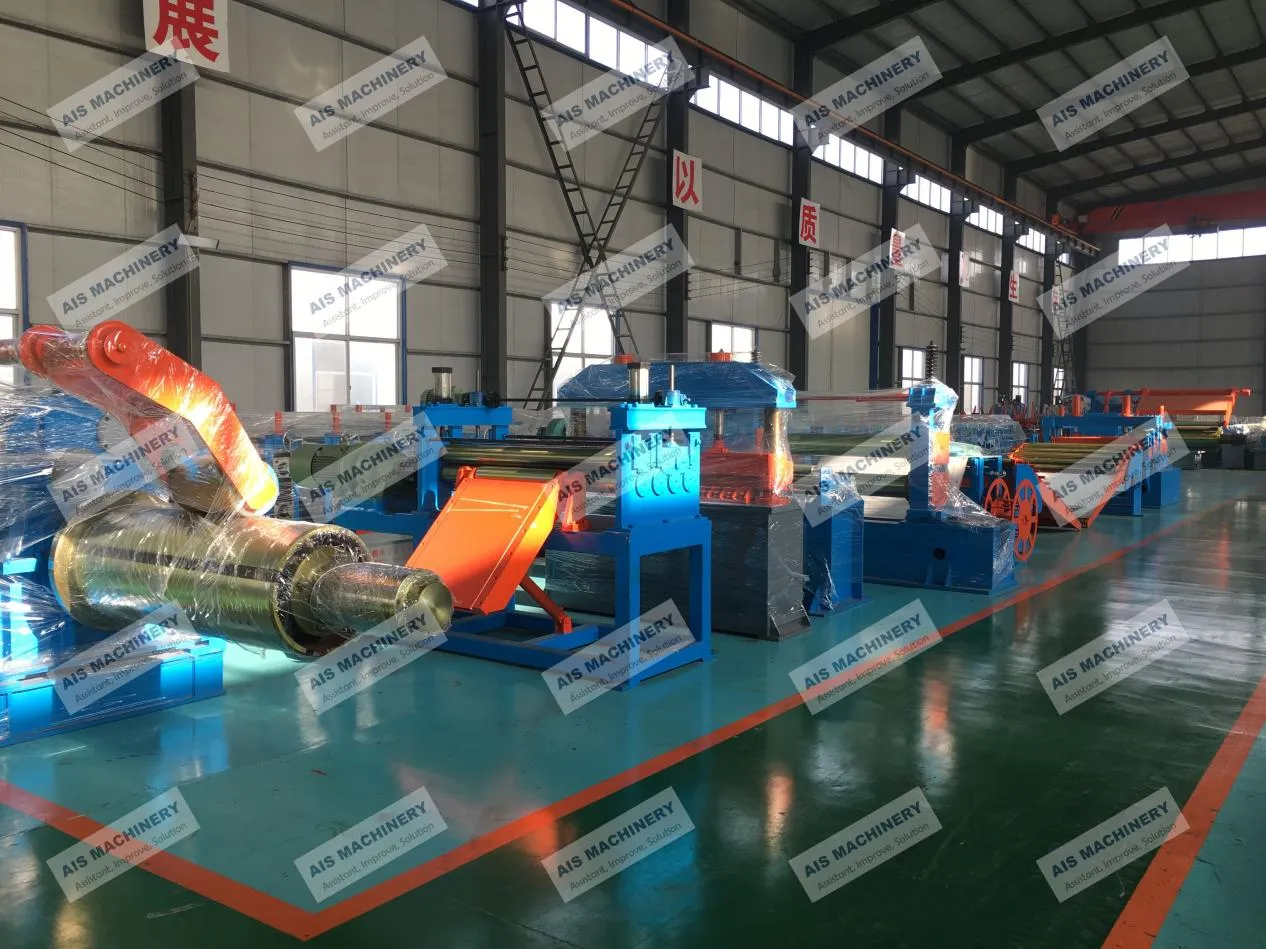
Optimizing Cutting Processes in Slitter Line Operations
At the heart of waste reduction lies the cutting technology embedded in high-performance Slitter Line configurations. The strategic pairing of carbide-tipped upper knives with precision-ground anvil rolls creates clean shear-type cutting actio. Dynamic blade gap adjustment systems automatically compensate for thermal expansion during continuous operation. For coated materials, electrostatic discharge systems prevent micro-pitting along cut edges – a defect that previously necessitated 5-7% trim allowances. Real-time vibration monitoring in the arbor assemblies detects imbalance before it causes knife chatter, compared with manual lubrication, the automatic lubrication system can extend the service life of the blades. These integrated solutions transform the máquina de corte de aço from mere processor to precision conservation instrument.
Waste Reduction Through Combined Slitting Technology
The emergence of Combined Slitting systems represents a quantum leap in material utilization. These hybrid configurations integrate slitting with inline blanking and contour cutting operations, eliminating the traditional skeleton scrap associated with secondary processing. During a single pass through the Slitter Line, servo-punching units create complex profiles in the strip edges before slitting, while flying die-cut stations simultaneously produce finished blanks from the central portion. This approach achieves near-zero matrix waste when producing components like electrical enclosure panels or automotive brackets. The technology leverages cloud-based nesting algorithms that optimize strip layout across multiple orders, dynamically adjusting slit widths to accommodate changing production requirements. For a manufacturer processing 30,000 tons annually, this Combined Slitting methodology typically recovers previously wasted material through computational material stewardship.
Closed-Loop Quality Assurance Steel Slitting Machine Systems
Modern waste reduction extends beyond mechanical innovation to intelligent quality ecosystems. Vision inspection systems with 5μm resolution continuously scan slit edges, automatically adjusting knife positions when burr formation exceeds preset thresholds. Laser micrometers mounted before recoilers detect width deviations as small as 0.03mm, triggering immediate corrective actions through the PLC. The integration of AI-powered defect classification databases enables real-time scrap root cause analysis, distinguishing between blade-related issues , tension problems, or material defects. This closed-loop approach transforms the máquina de corte de aço into a self-optimizing system where each coil's processing data informs adjustments for subsequent runs, progressively driving scrap rates below 0.8% even when slitting high-strength alloys.
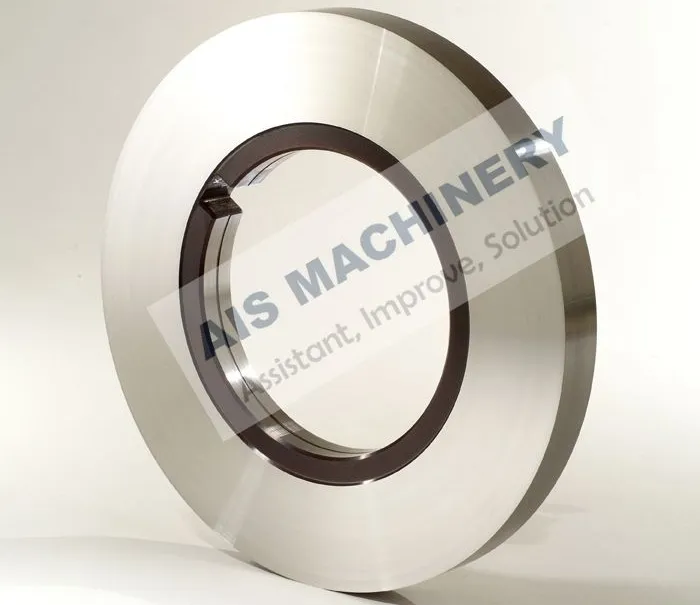
FAQs about Steel Slitting Machine Waste Reduction
What causes edge cracking in steel slitting machines?
Edge cracking typically stems from excessive tension differentials between slit strands or incorrect blade penetration settings. Modern Slitter Line configurations prevent this through independent strand tension control and dynamic blade pressure modulation, particularly critical when processing brittle materials like electrical steels or high-carbon alloys.
How does Combined Slitting reduce setup waste?
Traditional changeovers generate scrap during alignment. Combined Slitting systems incorporate quick-change cassette tooling and digital profile memories that complete format conversion in a very short time, while producing only less meters of transition material through synchronized acceleration algorithms.
Why is camber control crucial for waste reduction in steel slitting machine?
Uncontrolled camber causes telescoping during rewinding, rendering entire coils unusable. Advanced steel slitting machines integrate laser-guided steering rolls that detect and correct camber in real-time.
Can slit width optimization really impact slitter5 line material yield?
Intelligent width algorithms in modern Slitter Line controls can increase yield through dynamic pattern adjustments. By analyzing multiple production orders simultaneously, the system calculates optimal master coil utilization strategies that minimize edge trim while accommodating varying customer width requirements.
How does automated scrap handling improve efficiency?
Integrated scrap choppers and pneumatic conveyance systems in Combined Slitting installations process trim waste inline, preventing manual handling downtime while enabling direct recycling. This reduces non-value-added labor and contains oil contamination for higher scrap value recovery.
The evolution of máquina de corte de aço technology has transformed waste reduction from passive aspiration to measurable science. By integrating precision machinery, adaptive control systems and revolutionary Combined Slitting methods, the material utilization rate of modern slitting production lines has been enhanced. This technical mastery represents more than economic efficiency – it embodies industrial responsibility. As coil processors face increasingly stringent sustainability mandates, the closed-loop material ecosystems within modern slitting lines demonstrate how engineering innovation converts waste streams into value pathways. The silent revolution occurring within these humming production halls ultimately redefines manufacturing's relationship with raw materials, proving that the most sophisticated conservation technologies often wear industrial grease.
Produtos relacionados
Notícias relacionadas
Enviar uma mensagem
Dear customer, thank you for your attention! We provide high-quality machinery and equipment and look forward to your orders. Please inform us of your needs and we will respond quickly!

